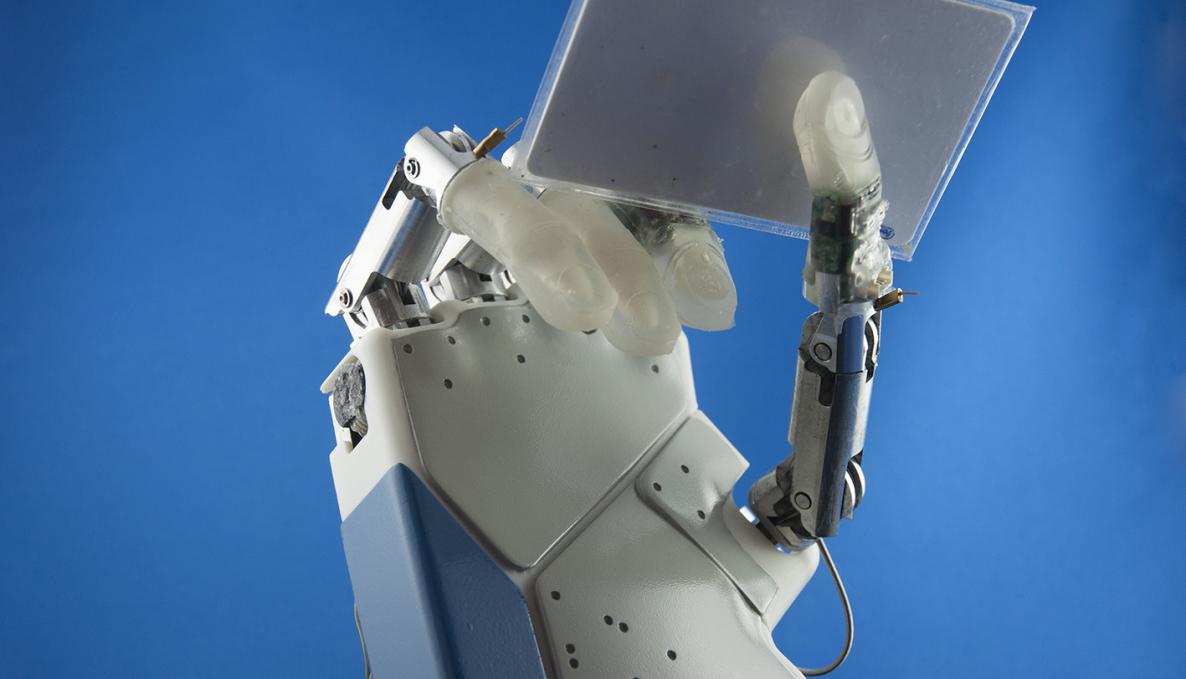RESEARCH AND INNOVATION: EC INITIATIVE INNOVATION RADAR IDENTIFIED MORE THAN 20 HIGH POTENTIAL INNOVATION PROJECTS BY SANT’ANNA SCHOOL

Sant'Anna School has its own Key Innovators. In April 2018, the European Commission launched a data-driven online tool that provides easy access to innovations supported by EU funding. The Innovation Radar is a European Commission initiative to identify high potential innovations and innovators in EU-funded research.
At Sant’Anna School, more than 20 of the best innovation projects with real impact have been identified for 2018. Research areas are grouped into technologies affecting society and citizens: upper limb robotic prostheses, neuro and bionic prostheses, assistive robotics, industrial robotics; cutting-edge science: wearable exoskeletons, immersive VR and full-body interaction; next generation of tech and components supporting industry: real-time embedded systems.
The Innovation Radar provides an intuitive interface for innovation management and commercialisation, designed to connect innovators in EU RDI projects and external stakeholders, such as investors, technology scouts or incubators. With its real-time data collection, it allows for the analysis of EU-funded Research and Innovation projects.
DeTOP project (Dexterous Trans-radial Osseo-integrated Prosthesis with neural control and sensory feedback), coordinated by Christian Cipriani, director of the BioRobotics Institute, is one of the ongoing projects selected by Innovation Radar. DeTOP aims to develop a technology based on the use of osseointegration as a long-term stable solution for the direct skeletal attachment of limb prostheses. The DeTOP project is carried out by a partnership of six universities and research centers including Prensilia, a Sant’Anna School spinoff company and a key innovator provider of prosthetic technologies and supporting services.
Completed projects include VERE (Virtual Embodiment and Robotic Re-Embodiment), a research coordinated by the TeCIP Institute and investigating interaction technologies, immersive VR and augmented reality, tangible interfaces for perception and interaction with the real world.
Click here to view the projects developed by Sant’anna School researchers.



